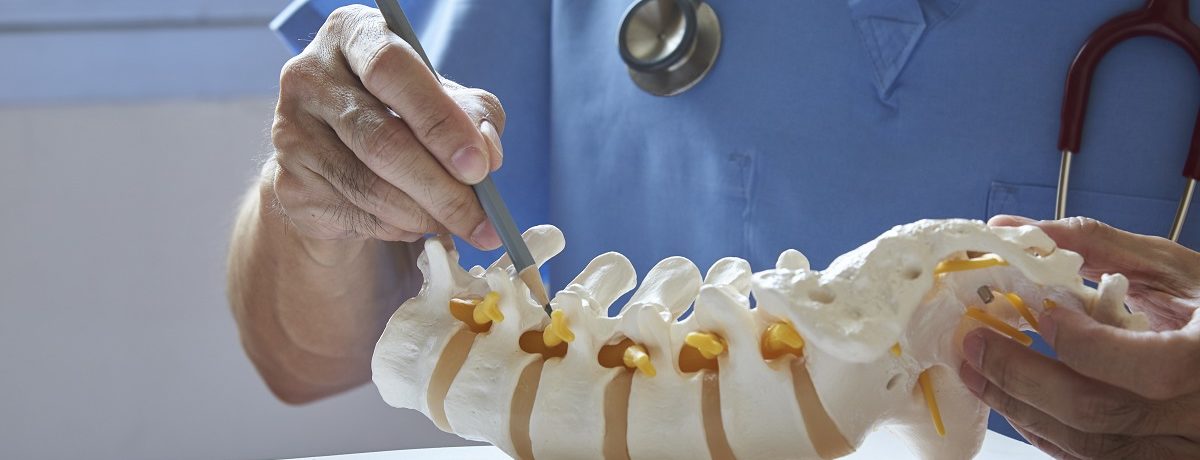Have you ever seen the YouTube video, “orthopedia vs anesthesia”? It was posted in 2011 (the year I graduated with my FNP) and has 1.6 million views. It’s a 3 ½ minute-long hilarious (and possibly offensive?) interaction between an orthopedic surgeon and the head of anesthesia, wherein the surgeon insists on fixing a fracture.
The anesthesiologist demands more information. After much questioning, the surgeon notes that the fracture is displaced, in the emergency department, on a femur, belonging to a 97 year old female from a SNF, who is fasting, and is “otherwise well… except that her temperature is 29 degrees [C], her pH is 6.8, and she has a condition I have not seen before: asystole.”
As the anesthesiologist suggests that perhaps she has other management concerns, such as CPR, the surgeon reveals they have already completed that, and he is very skilled with tools, and so there will be minimal blood loss. As the anesthesiologist loses her mind (and is called obstructive for preventing his case) and says she needs to go punch a brick wall, he offers, “If you break your hand, I will fix it for you.” If you’ve been around hospital nursing (or medicine) at all, you can imagine all the underlying medical-cultural undertones that (no doubt) inspired many memes, Gomer Blog posts, and night shift laughs.
In its simplest form, orthopedic surgery is carpentry, and while that seems simple, have you ever seen someone build anything? A door frame? Cabinets? A house? You can understand that the simplest error, when compounded, becomes a very serious functional problem. How many times have you heard a patient say they were told, years later, that someone had “messed up [their surgery]”? Case in point. Yes, there’s a lot of hammering. Yes, there’s a lot of drilling, scraping, measuring, and tightening screws. Hilarity aside, orthopedic surgery is an art.
Course that may interest you: Orthopedic X-Ray Interpretation
An experienced physician assistant told me there would be a year-long learning curve: I thought he meant learning the management. I think what he really meant was relearning all the anatomy/landmarks, physiology, assessment skills, special tests, reading x-rays, CTs/MRIs, and THEN the application of management: surgical versus non, physical therapy and functional capacity referrals, navigation worker’s compensation cases, etc.
I learned some really great pearls along the way.
For example, standing x-rays are better than lying down. Why isn’t this an option in more offices? That joint space looks lovely until they STAND UP and it disappears. Reading lateral knee views and corresponding the correct medial/lateral joint lines. Diagnosing a (likely) complete rotator cuff tear by x-ray. Distinguishing between referred “hip” pain (lumbar radiculopathy) versus hip joint (groin) pain. The value of examining seated hip internal rotation in the diagnosis of OA. Cervical sensory nerve distributions and how that can help you easily diagnose carpal versus cubital tunnel by history alone. Lower extremity sprain management: if you can’t come to a quick and painless stop after sprinting in a straight line, you’re not ready for pivoting and quick lateral movements.
It was also SO much hands-on. Joint aspiration. Tendon sheath, bursal, joint injections. Using fluoroscopy and ultrasound. Cast application and removal. Suturing. First assisting in orthoscopic and open procedures. Wound care. Hospital rounds. You will get your hands actually ON the internal anatomy, and the learning curve goes significantly in your favor when you do, as you see textbook pictures come to life.
You will become an anatomy nerd.
You’ve heard of the tibial tuberosity. How about Gerdy’s tubercle? You’ve heard of the carpal tunnel. How about Guyon’s canal? You know where to find the olecranon; how about distinguishing on exam the radial head from the lateral epicondyle? You easily remember the acromioclavicular joint. How about the coracoid? Now think about all the physiology and tendinous, ligamentous, and muscular attachments and their functions on-and-around all those structures: it’s a lot to learn!
That said, it’s a blast.
We all love to see people improve, and I’d say this is an easy place to work if that’s your goal. Bone on bone hip? You’ll see them walking distances again after a few weeks to a couple months of physical therapy. Numb palmar hand involving the thumb, index, long, and radial ring fingers, and intrinsic muscle atrophy? Carpal tunnel release + physical therapy, and they’re improving already (pending they didn’t wait too long for that decompression, but that’s another story). Beyond that, you will learn the functional difference in the patient recovery process between surgical approaches (i.e.: posterior versus anterior hip replacement, open versus endoscopic carpal tunnel release, etc.).
Above all, orthopedics is about function. Restoring things to their proper order, alignment, structure. Getting us up and moving. It is carpentry and art that keeps us living: functional, able, returning to work, moving ourselves, restoring independence, and, best we can, all the things that make our lives worth living.




